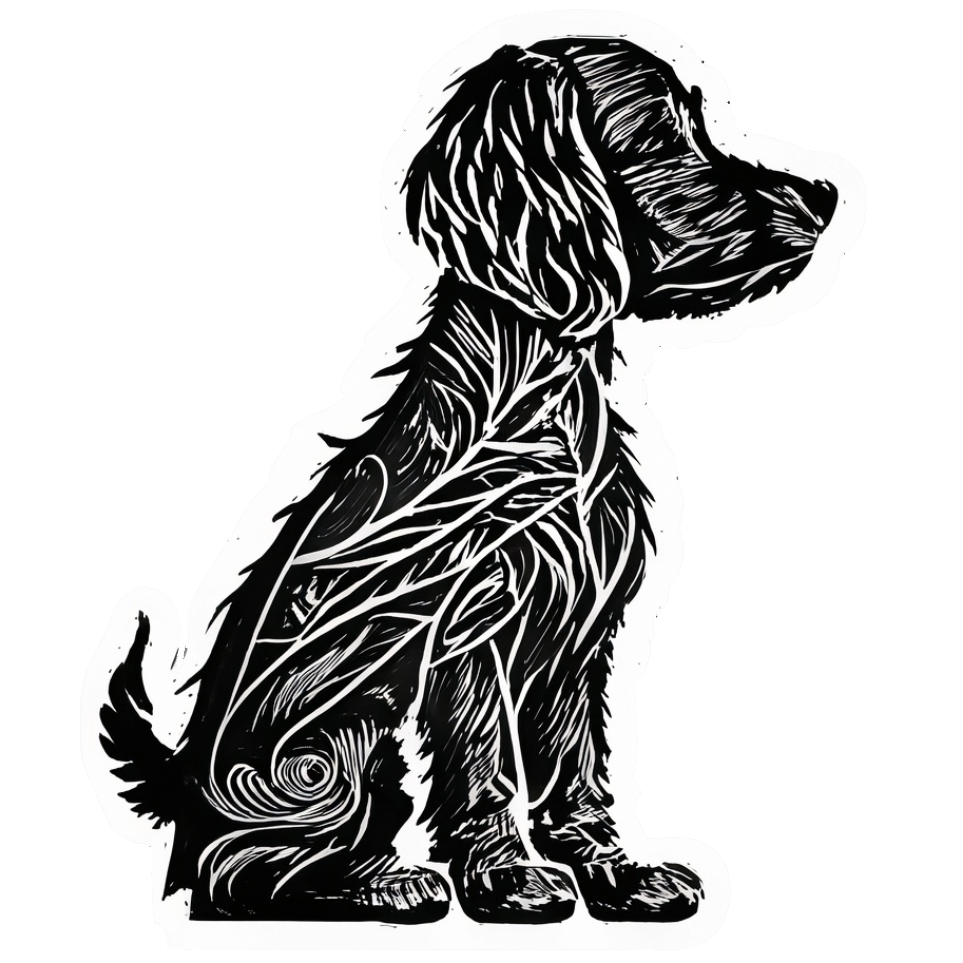
The estrus cycle, commonly referred to as the heat cycle, is a fundamental aspect of female dog reproduction. It’s a complex process that involves hormonal changes, physical symptoms, and behavioral alterations. Understanding the estrus cycle is vital for dog owners, breeders, and anyone involved in the care of female dogs, whether for breeding purposes or simply to provide appropriate care and attention during this time. In this article, we’ll explore the estrus cycle in detail, shedding light on the various stages, signs, and care considerations.
What Is the Estrus Cycle?
The estrus cycle is the period in a female dog’s life when she becomes receptive to mating with males. It’s a regular occurrence that typically begins around six months of age and continues throughout the dog’s life. The cycle’s frequency can vary between breeds and individual dogs, usually occurring every six to eight months.
Stages of the Estrus Cycle
The estrus cycle is divided into four distinct stages, each with its characteristics and hormonal changes:
- Proestrus (Preparation): Lasting around 9 days, this stage is marked by swelling of the vulva, bloody discharge, and increased interest from male dogs. However, the female is not yet receptive to mating.
- Estrus (Receptivity): Lasting 9 days on average, the estrus stage is when the female is receptive to mating. The discharge becomes lighter in color, and ovulation occurs.
- Diestrus (Post-Receptivity): This stage follows mating or the receptive period if mating did not occur. It lasts about two months and includes pregnancy if mating was successful.
- Anestrus (Resting Phase): The anestrus stage is a period of reproductive inactivity, lasting around four to five months, before the cycle begins again.
Signs and Symptoms
Recognizing the signs of the estrus cycle is essential for appropriate care and management:
- Swelling of the vulva
- Vaginal discharge (color varies by stage)
- Increased urination
- Behavioral changes such as restlessness or clinginess
- Attraction of male dogs
Care Considerations
During the estrus cycle, special care and attention may be required:
- Monitoring: Keep a close eye on the female’s behavior, physical changes, and any interested male dogs if you’re not planning to breed.
- Containment: If you’re not intending to breed, ensure the female is securely contained to prevent unwanted mating.
- Health Care: Regular veterinary check-ups are essential, especially if breeding is planned, to ensure overall health and reproductive well-being.
Conclusion
Understanding the estrus cycle in dogs is a multifaceted subject that encompasses hormonal changes, physical symptoms, and behavioral alterations. Whether you’re a dog owner, breeder, or simply interested in canine reproduction, knowing about the estrus cycle enriches your understanding and ability to care for female dogs during this significant phase of their lives. Dogipedia is your trusted source for in-depth information on all aspects of dog care, health, and behavior. Explore our extensive collection of articles, guides, and resources, and let us support you in your journey with your canine companion. From the intricacies of the estrus cycle to the joys of puppyhood, Dogipedia is here for you every step of the way!
